Presidential Doodles
Sometimes a missile is just a missile
Jonathan Ames
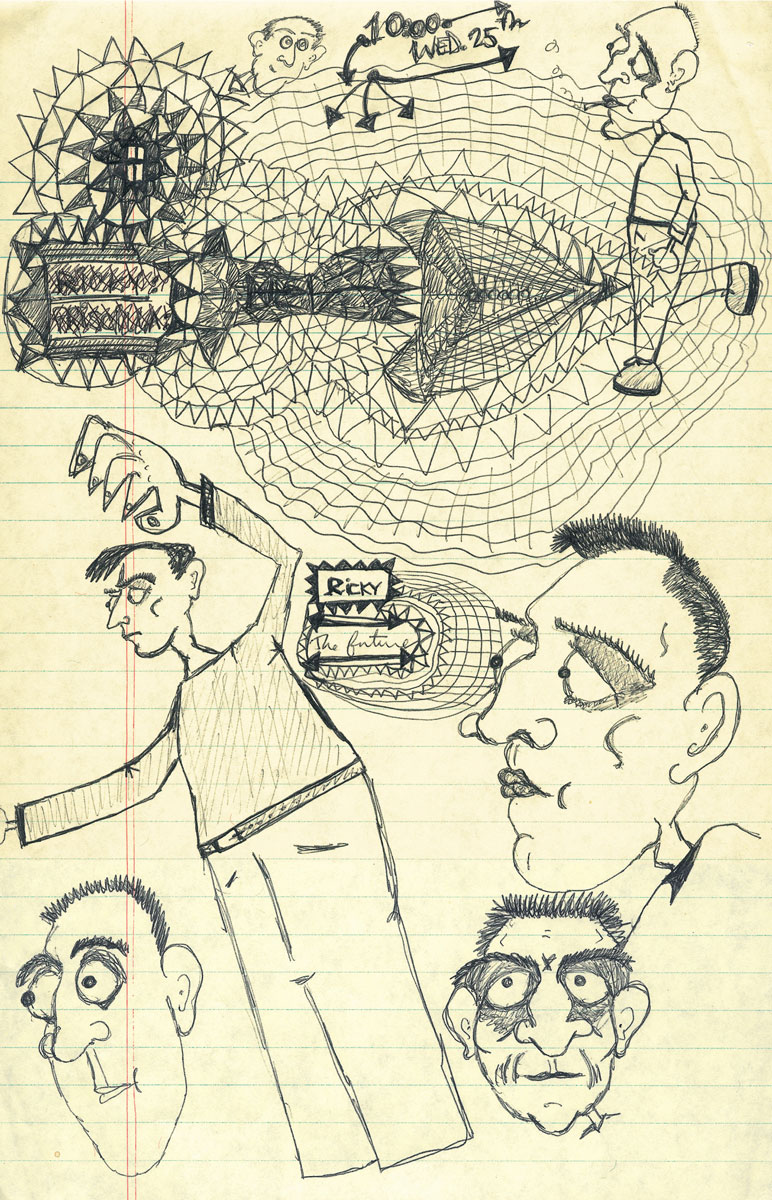
The editor of Cabinet proposed that I write this piece on presidential doodles because he knows that I’m something of a doodler myself. In fact, the one time my father hit me was because of doodling. When I was growing up, we had two phones; one in my parents’ bedroom and one in the kitchen, which everyone in the family used. By the kitchen phone was a wide strip of wallpaper that I had doodled on for years while talking to my friends. It had come to look like the stall of a bathroom in a bar—lots of crude drawings, though nothing too vulgar; after all, it was the family phone. But certainly that wallpaper was very sloppy looking and visitors to our home always commented on it, usually in a curious, favorable way: “Who’s the artist?”
Well, one semester while I was away at college, my father replaced this wallpaper, as he had been threatening to do for some time. So I came home for a visit, made a phone call, and without thinking about it—the nature of doodling, perhaps—I doodled. I produced a strange-looking man with a large nose and loony eyes. I always draw such men and have never intentionally repeated a single face, but my “men” are always tormented in appearance. I hung up the phone after finishing my conversation and my doodle and I sat at the kitchen table to eat a snack that my mother had prepared.
My father then came into the kitchen, went to make a phone call, saw the doodle on the fresh wallpaper, screamed, and took the phone, its cord extending umbilically, and smashed me with the heavy receiver on the bony point of my shoulder. I was nineteen years old. The pain was rather excruciating. Then I did something unexpected. I rose up and slammed my hand down on the kitchen table with tremendous force, almost breaking the table in half.
“Don’t ever hit me!” I bellowed. My poor father cringed and cowered, and I took a menacing step towards him. It suddenly occurred to both of us that I towered over him—I’m six feet and he’s five-seven. I had never known before, due to mental and emotional problems, that I was larger and more powerful than my father. He ran out of the room.
I then raised my hands over my head, like a champion boxer, and I began to dance about. My mother stood by the sink, stunned, and my sister raced into the room to see what was going on. I gleefully shouted, “Who’s the king now? Who’s the king now?”
Later that day he apologized for hitting me and I apologized for doodling on the new wallpaper. So I know something about doodling, and that’s why the editor of Cabinet called on me one day to handle this presidential doodle case. I headed over immediately to the magazine’s austere headquarters and the editor spread the doodles out on a table. Without realizing it, he was trying to influence my response. He kept saying, “Look how phallic! Look how phallic!” He was clearly excited by this—not in a sensual way, perhaps, but more as a former graduate student who had been forced to read a lot of Freud.
But I didn’t share his enthusiasm. What was I supposed to do? Call 911? Oh, my god—phallic doodles! Phallic! Phallic! Help!
God forbid a president should be subconsciously thinking about penises, his or someone else’s or merely the Universal Phallus. So I wasn’t shocked or alarmed by this; if anything, their doodles reassured me that these men are human beings, and having penises hidden in some of their drawings further confirmed this. In fact, their doodles made me sympathize with them, gave me an intimate glimpse into their daily, stressful lives. How could one person—even a possibly flawed, horrible person—deal with so much? The national secrets alone must be staggering. If I could talk to a president, I’d love to ask four questions:
1) Are there UFOs?
2) Was there a lone gunman?
3) Is Tom Cruise gay?
4) Is anything as it appears?
Anyway, we all like to play psychologist and so peering at these drawings is your chance to analyze these men.
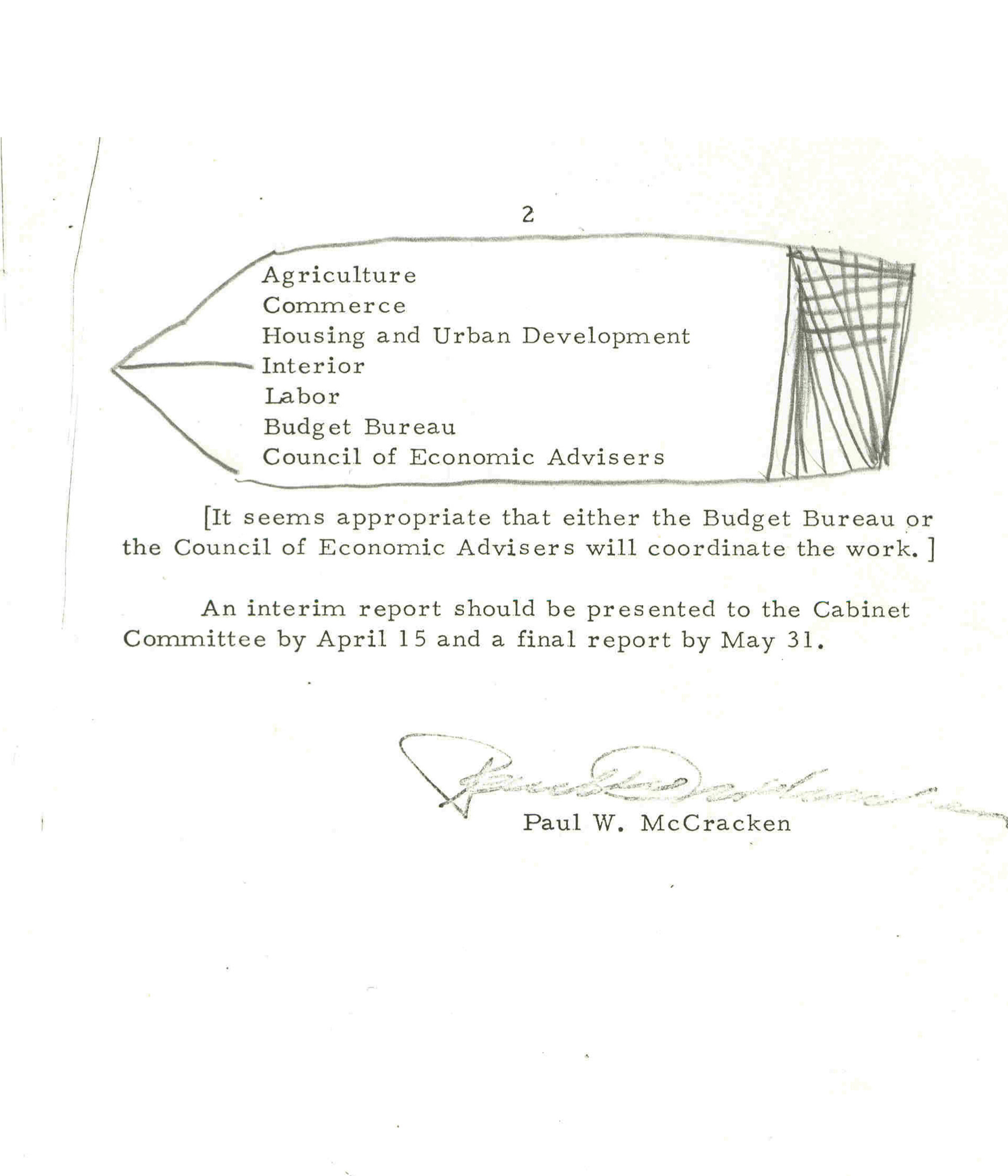
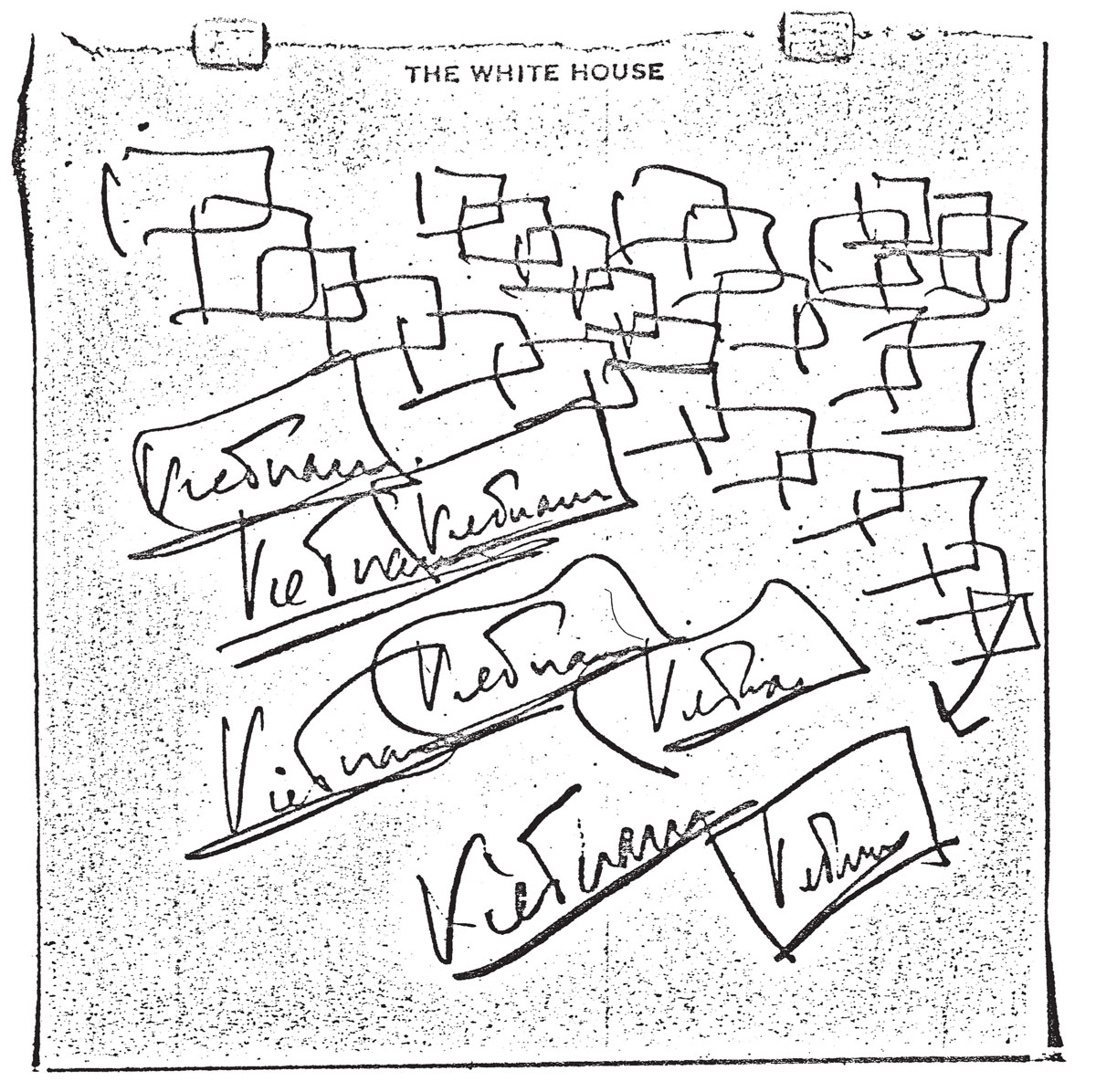
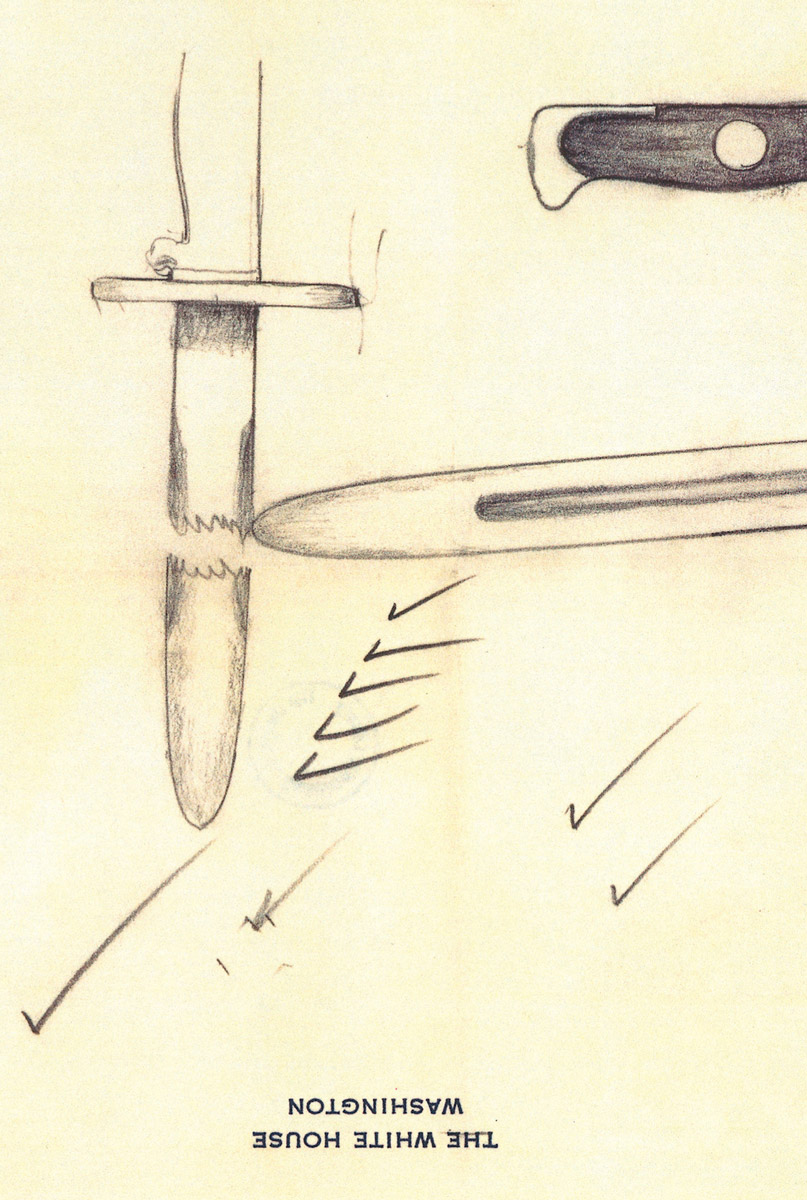
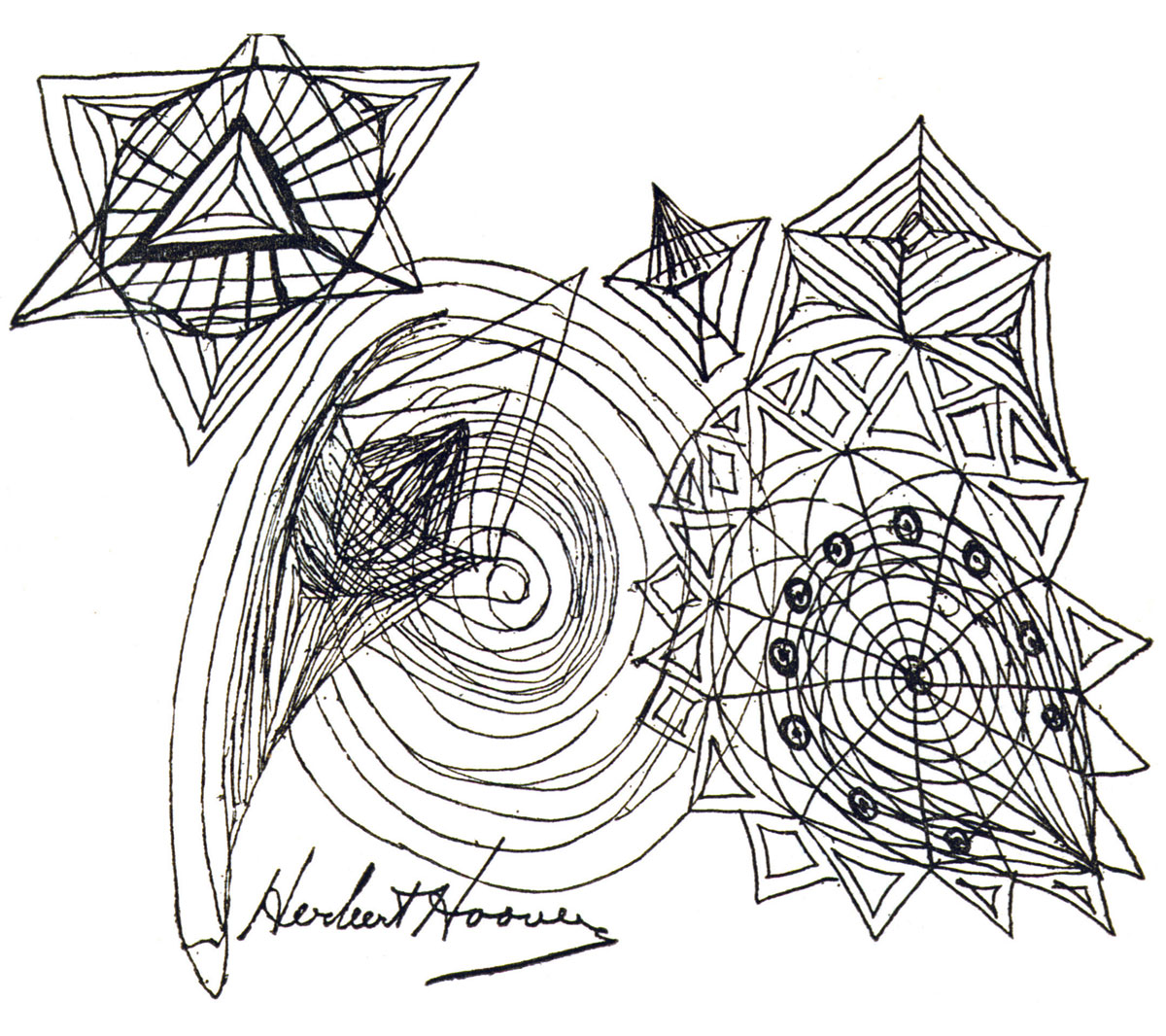
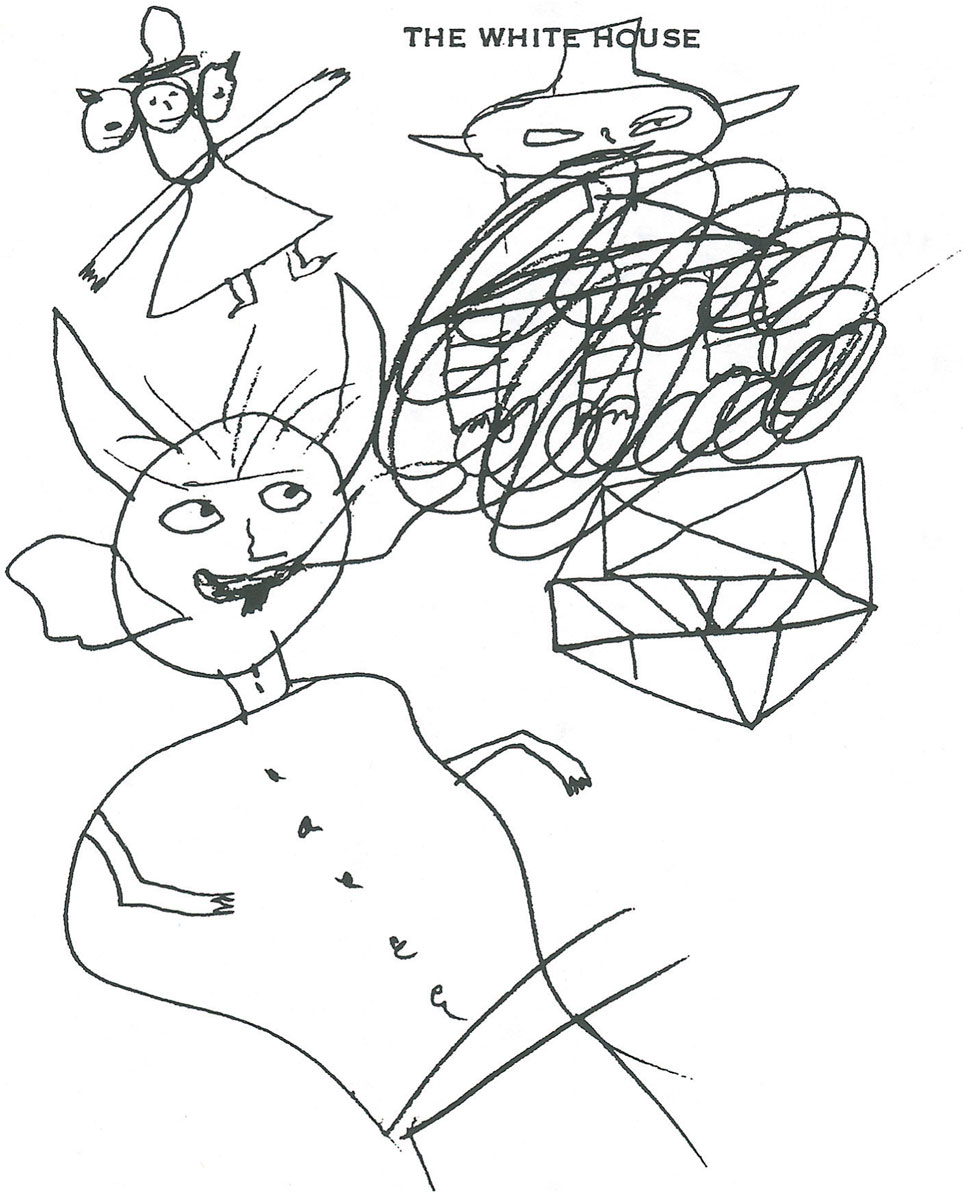
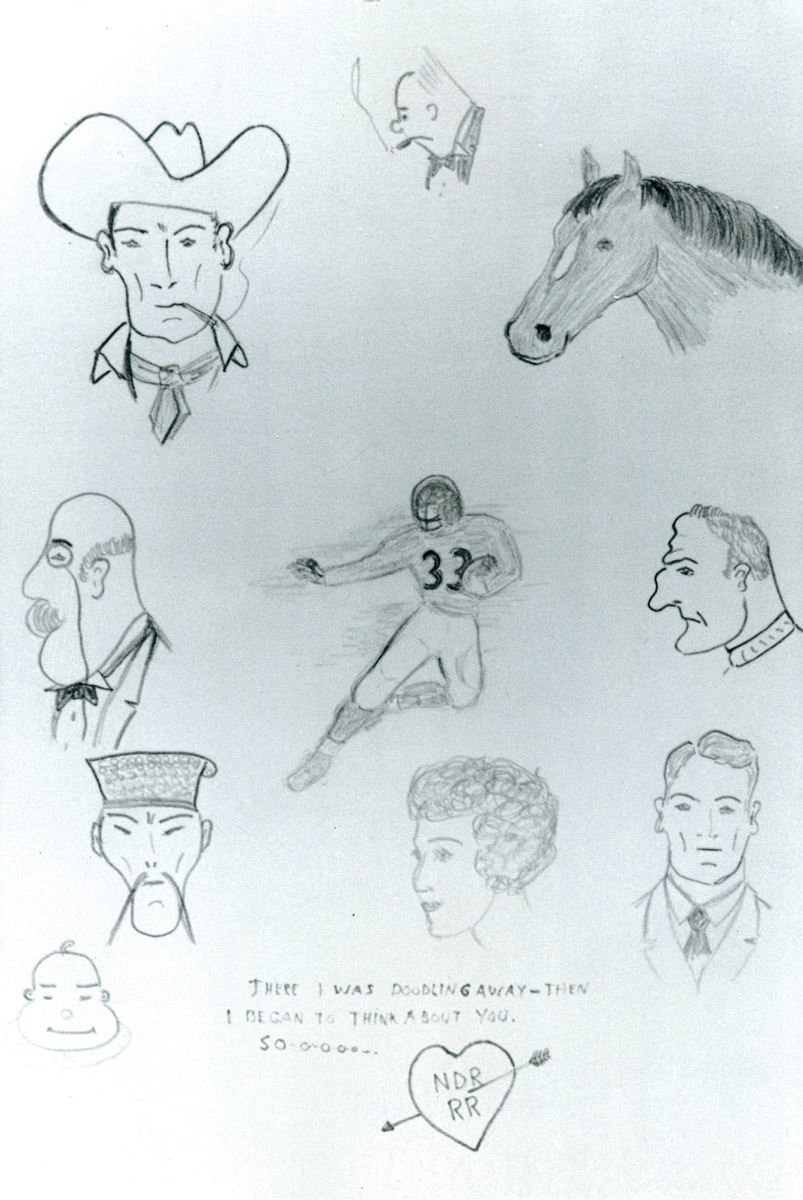
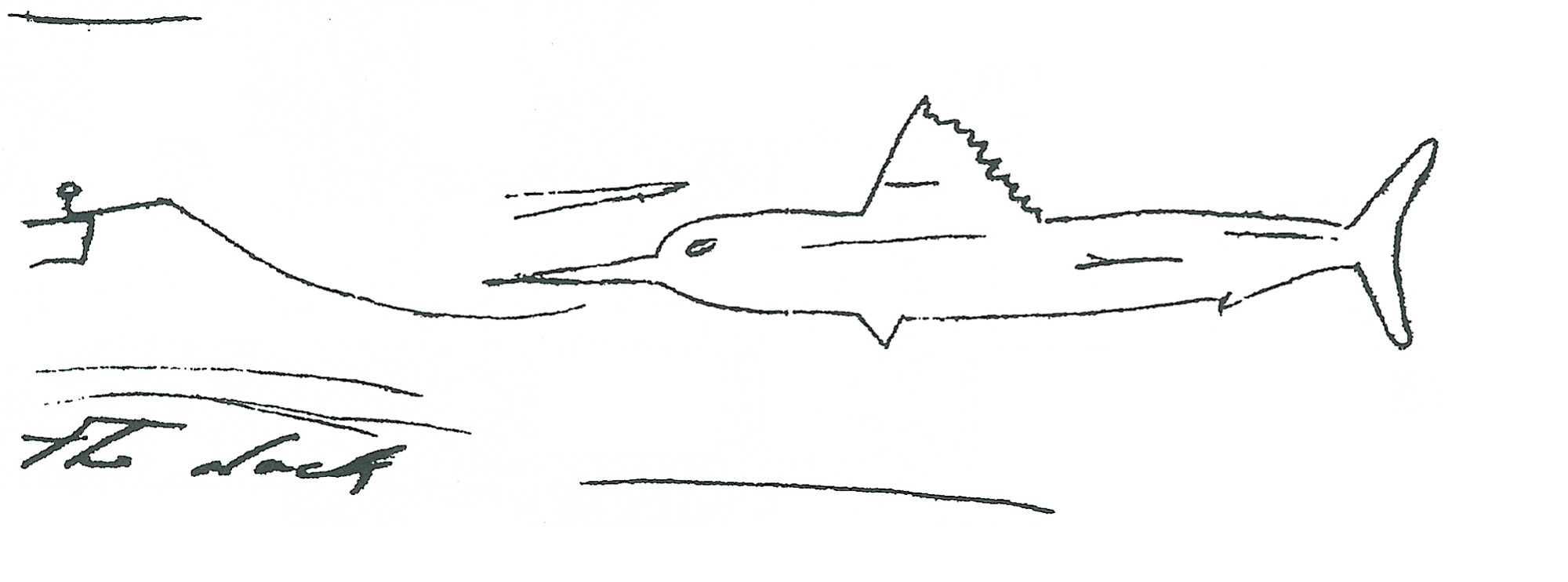
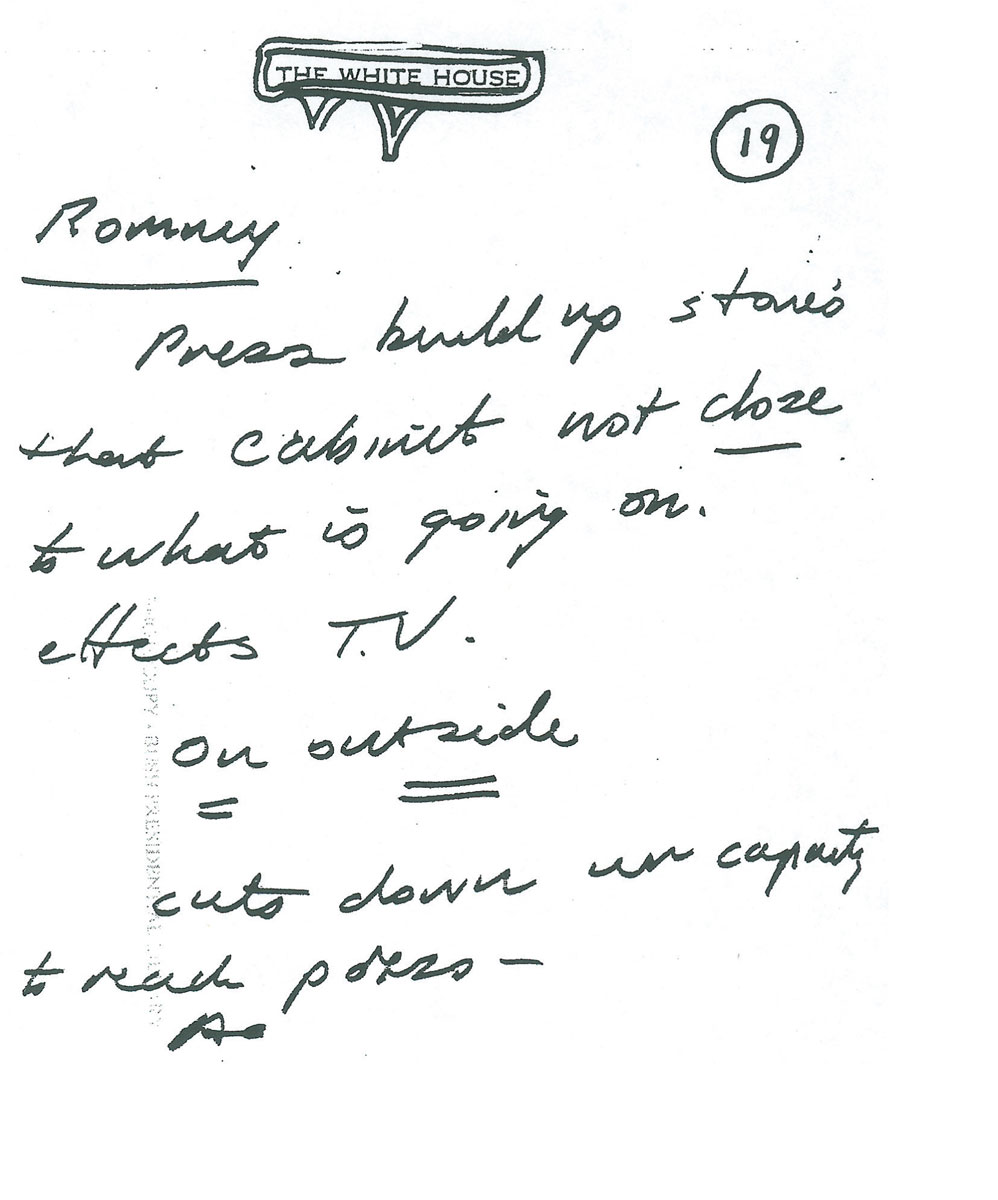
Spotted an error? Email us at corrections at cabinetmagazine dot org.
If you’ve enjoyed the free articles that we offer on our site, please consider subscribing to our nonprofit magazine. You get twelve online issues and unlimited access to all our archives.